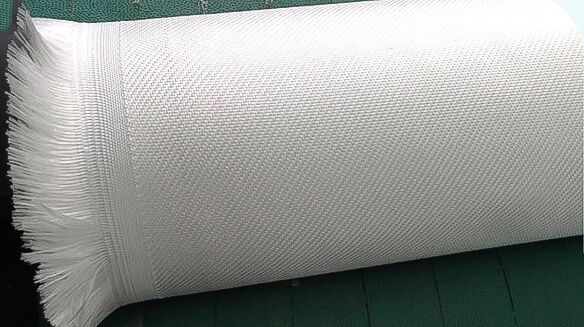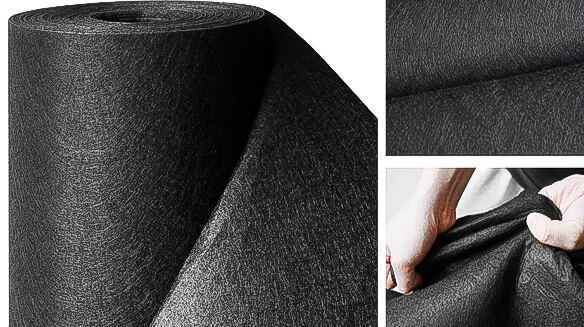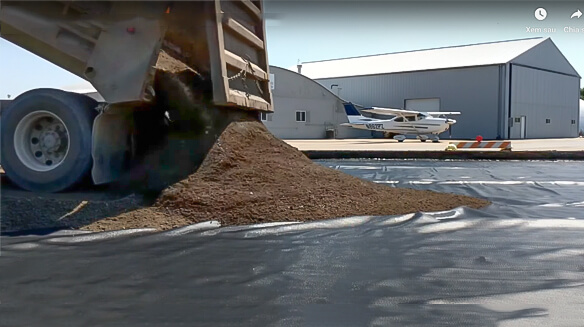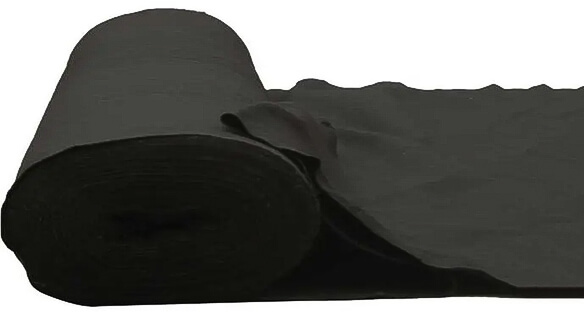Contents
- What is Geotextile Fabric: Details Of Geotextiles & Fabrics
What is Geotextile Fabric: Details Of Geotextiles & Fabrics
History and Significance of Geotextile Fabric
Dr. JP Giroud and R.J Berrett initiated the development of geotextiles in the 1950s. These fabrics, which may be woven, non-woven, or knitted, aim to control soil erosion. They also perform various tasks including separation, filtration, drainage, reinforcement, and waterproofing.
Geotextiles mainly consist of polyester or polypropylene. These materials give them remarkable water permeability filter properties. We can trace the use of geotextile fabrics back to the ancient Egyptians. They likely used these fabrics for earthwork construction.
In today’s world, geotextiles have become crucial in civil engineering. They reinforce structures like dams and roadways worldwide. Not only do they prevent soil erosion and damage from heavy rainfall, but they also boost performance. They achieve this by filling gaps in structures made of different materials, such as stone masonry walls. All this happens without negatively affecting the environment during or after project completion.
Additionally, geotextiles play an important role in domestic gardens. They stabilize soil in planters and flower beds, shielding them from windborne debris. At the same time, they maintain moisture content at optimal levels. This promotes a healthy root system, beautifying surroundings rapidly and bringing immense satisfaction to gardeners globally, thanks to the natural aesthetics they provide.
Types of Geotextile Fabric
Geotextile fabric is divided into four main categories: woven, non-woven, woven monofilament, and spun bound.
Woven Geotextiles
Woven geotextile fabric, often made from polypropylene or polyester, is a permeable synthetic textile. Thanks to its manufacturing process, it offers superior stabilization strength compared to non-woven varieties. This strong, flexible material involves linking polypropylene filaments together, forming a web-like mesh.
Ideal for road and ground construction projects, it serves as an effective erosion control measure. Its design assists in breaking down soil particles. This feature proves beneficial for landscaping and gardening, offering improved drainage systems under plants and enhancing water permeability.
The stretchable nature of woven geotextiles makes them perfect for stabilizing slopes without disrupting their natural movement. Combining this with high durability and strength, it outperforms other landscape fabrics. Hence, gardeners favor it for its dual benefits – soil stability and water management.

Woven Geotextiles
Non-Woven Geotextiles
What is Non-Woven Geotextile? Non-woven geotextiles are specially crafted materials comprising various fibers that find extensive use in gardening and construction. These fabrics typically contain polypropylene or polyester, giving them properties ideal for filtration, separation, and reinforcement.
They are permeable, facilitating water flow while retaining soil particles effectively. This characteristic prevents contamination when separating different layers in landscaping or gardening tasks.
A prime example of non-woven geotextile application is in French drain systems. Here, the geotextile prevents contaminants from entering drainage waters. At the same time, it avoids clogging the drains with soil particles or specific components.

Non-Woven Geotextiles
Woven Monofilament Geotextiles
Woven Monofilament Geotextiles consist of woven fabrics made from polypropylene or polyester yarns. These semi-impermeable fabrics act as efficient filters, addressing erosion and sedimentation issues effectively.
With at least two sets of yarns, these geotextiles offer unmatched strength for medium to large projects. Their high tear resistance and stretchability outshine other fabrics in complex drainage setups.
They find common use in retaining walls and under asphalt pavement. While facilitating water flow, they provide a filtration layer in necessary applications. Regardless of the need for long-term use or temporary reinforcement, Woven Monofilament Geotextiles are vital for soil separation in projects of any size.
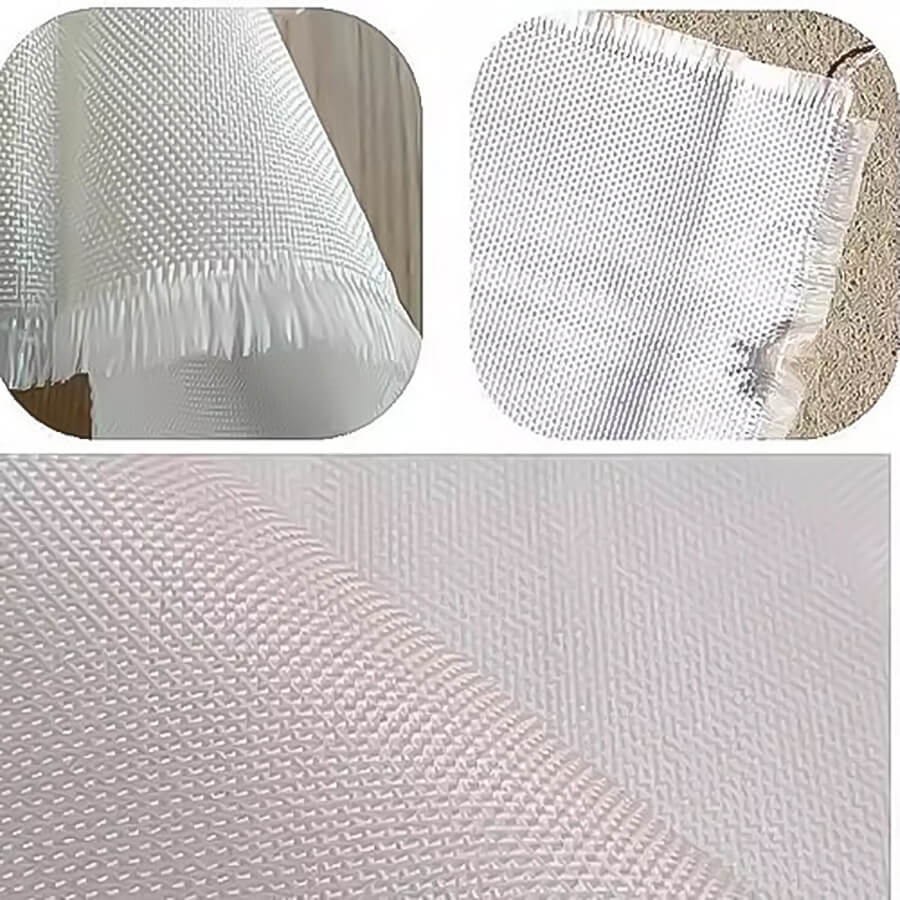
Woven Monofilament Geotextiles
Spun Bound Geotextiles
Spun-bound geotextiles represent a non-woven fabric type made from polyester or polypropylene fibers. Bonded through the spun bonding process, they’re notably strong and durable. They’re commonly used in drainage, filtration, separation, and erosion control in various construction ventures.
Compared to other fabrics, woven geotextiles possess superior strength. They can hold soil particles while permitting water to pass through – both vital features for landscape fabrication work.
These materials provide an effective way to enhance structure longevity and improve drainage performance due to their permeable functionality. They also efficiently deter weed growth and protect against soil erosion, serving as a protective layer against soil degradation from heavy rain or wind.
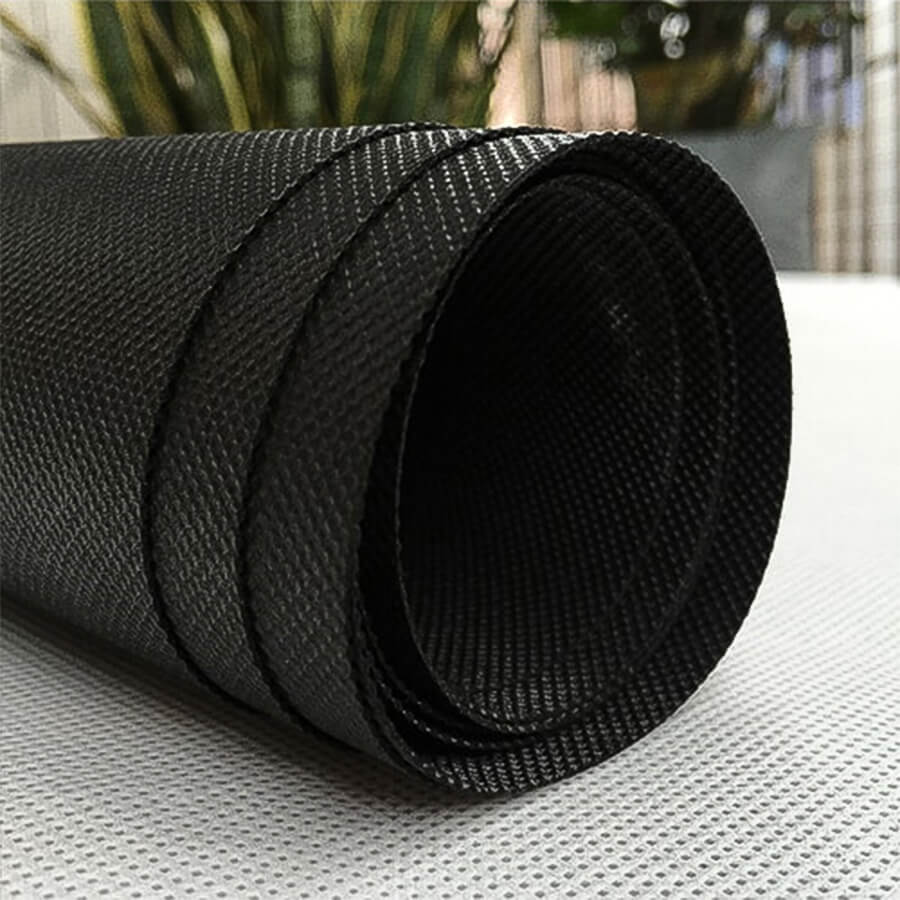
Spun Bound Geotextiles
Woven Geotextile: Uses and Advantages in Landscaping and Gardening
Woven geotextiles revolutionize landscaping and gardening with their unique abilities to regulate water drainage, reduce soil erosion, and provide overall boosts to the stability of garden beds.
Learn more now about these amazing fabrics!
Introduction to Woven Fabrics and Their Essential Role in Geotextiles
Geotextile fabrics are synthetic cloths created from woven materials, vital for landscaping, gardening, and environmentally-sensitive projects. Woven geotextiles comprise two or more interlocked yarns or filaments, forming a grid-like fabric that lends strength to the soil underneath.
Designed with permeable properties, these fabrics allow air and water passage. At the same time, they provide reinforcement and stability to soils in applications like retaining walls and highways.
The texture, durability, porosity, and tear resistance of the final product depend on the types of yarn or filament used during production. These factors are crucial when choosing a suitable geotextile for a project.
Moreover, woven geotextiles can be tailored to meet specific user needs, such as UV protection or erosion control, through various manufacturing processes.
The Prevalence of Woven Geotextiles in Home Garden Landscaping
Woven geotextiles are a popular choice in home garden landscaping. They provide reinforcement, stabilization, and erosion protection. Made of polypropylene filaments, they exhibit greater strength for demanding applications compared to their nonwoven counterparts.
Their exceptional tensile strength caters to various landscape needs, such as reinforcement in French drain systems. When layered correctly in landscaping projects, woven geotextiles exhibit improved drainage and impressive water permeability.
They play a crucial role in stabilizing soil particles and diverting excess moisture from roots or other sensitive soil areas. Homeowners with lower-silty soils can rely on them during water-prone seasons, ensuring plant health and maintaining flower color even under harsh conditions.
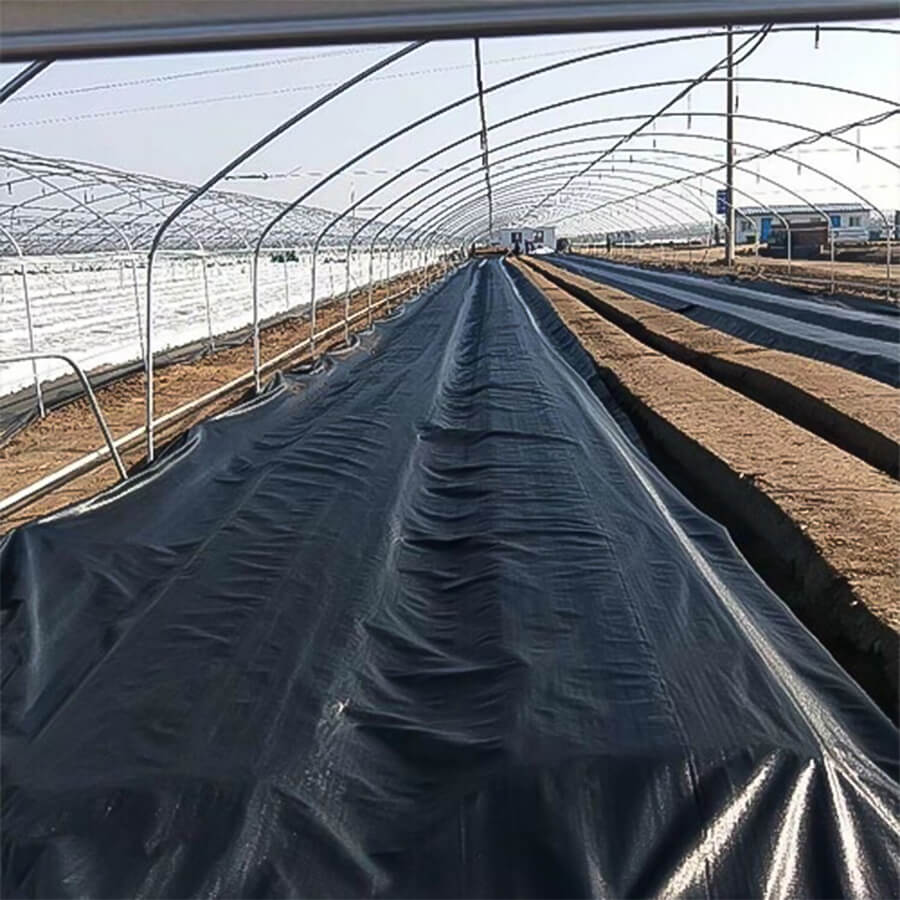
The Prevalence of Woven Geotextiles in Home Garden Landscaping
Non-Woven Geotextile: A Modern Innovation in Geotextile Fabrics
Non-woven geotextiles have revolutionized the landscape of engineering projects with their versatile filtration and separation capabilities – explore more to find out what other benefits they can offer.
How Non-Woven Geotextiles Influence Landscape Fabric Composition
Non-woven geotextiles, made from synthetic materials like polyester or polypropylene, are popular in landscaping projects. They offer high permeability, superior to woven fabrics, allowing rapid moisture passage and better water drainage.
Although less resistant than woven geotextiles, non-woven ones still provide enough strength, improved durability, and superior performance compared to other geotextile fabric types. These attributes make it an excellent material for French drain applications along driveways.
In garden enhancement projects, non-woven geotextiles prove helpful in forming sturdy, long-lasting surfaces. They prevent the rapid deterioration of landscape fabric composition.
Discover the Functionalities of Geotextile Fabric in Various Landscaping Courses
Geotextile fabrics have become a popular weapon in the garden tool arsenal, helping to line pathways and driveways for reinforcement, as well as being used to increase water retention in soil or promote organic growth.
The Wonders of Geotextiles in Garden Enhancement
Geotextile fabric, a versatile product composed of permeable synthetic textiles, enhances garden performance and aesthetics. It’s designed to improve soil properties.
When correctly used, geotextiles protect against erosion, enhance drainage, and stabilize garden soil. Woven geotextiles, being semi-impermeable, offer more stability than non-woven types. They mainly serve to separate, filter, and reinforce soils in various applications.
For instance, when geotextile fabric is placed over gravel or other decorative layers in landscaping projects like pathways or driveways, they add stability and prevent weed growth. If you’re wondering, Can You Put Geotextile Fabric Over Gravel? The answer is yes and it brings many benefits.
Also, geotextiles’ ability to reduce surface runoff makes them ideal for road construction. They improve roadbed material quality and ensure project completion within schedule, with minimal subsequent damages.
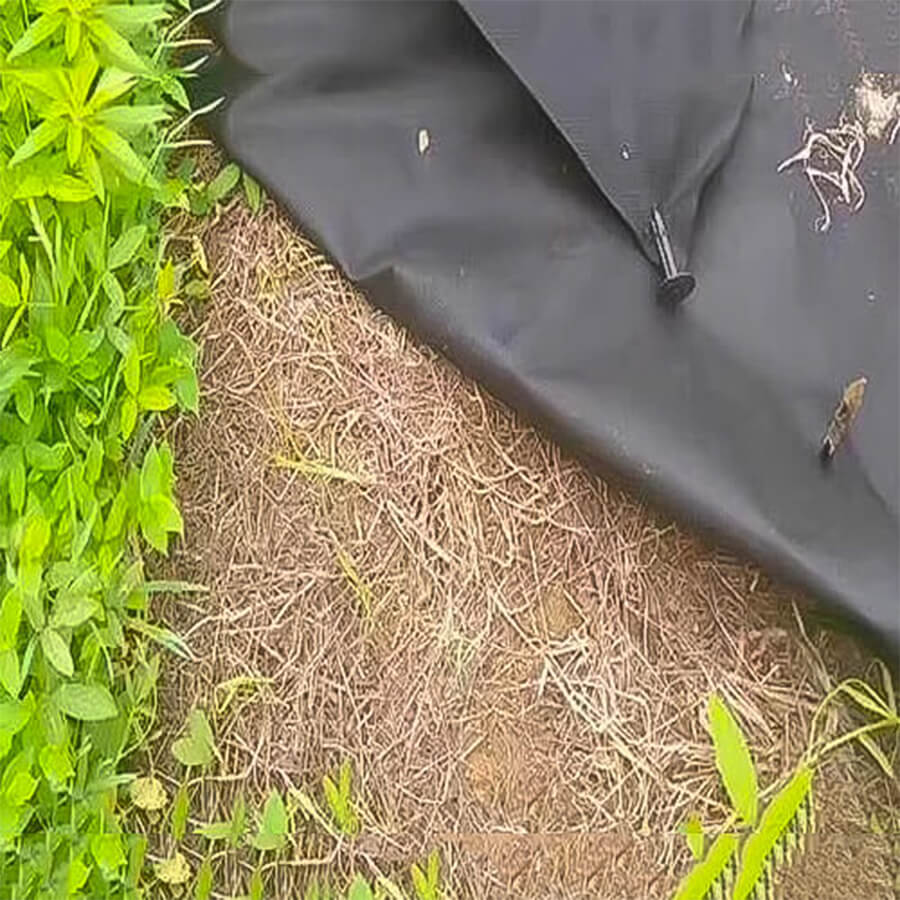
Weed-preventing geotextiles
Conclusion
Geotextile fabrics have a tremendous range of civil engineering applications due to their versatile filtering, separating, reinforcing, and protecting capabilities. Woven geotextiles help improve soil performance while non-woven geotextiles are best used for filtration and separation in various landscaping tasks.
From erosion control to landfill projects, road construction, and drainage systems, the uses for this unique fabric are almost limitless. This fabric is also incredibly durable and permeable making it an ideal solution for many different types of environments.
Its long history in both traditional societies as well as modern civilization makes it clear that investing wisely in Geotextile Fabric will prove a rewarding endeavor in the years to come.
FAQs
1. What are the benefits of geotextile fabrics?
Geotextile fabrics offer several durable benefits such as durable water resistance and dependable strength which can increase the lifespan of a construction project while also offering environmental protection by reducing damage caused to sensitive ecosystems.
2. In what ways is geotextile fabric used in civil engineering projects?
Geotextiles find use within numerous applications including drainage systems, road construction, retaining walls, and slope stabilization among others due to their strong yet supple nature making them versatile enough to fit nearly any job requirements regardless of size or complexity.
3. Where can I purchase geotextiles for my construction project?
You can purchase them from a certified distributor with experience working on your type of project who understands all the necessary safety regulations associated with its installation and usage. They may also be able to provide guidance when you need help deciding upon which material would best work for ensuring the successful completion of your planned endeavor.

